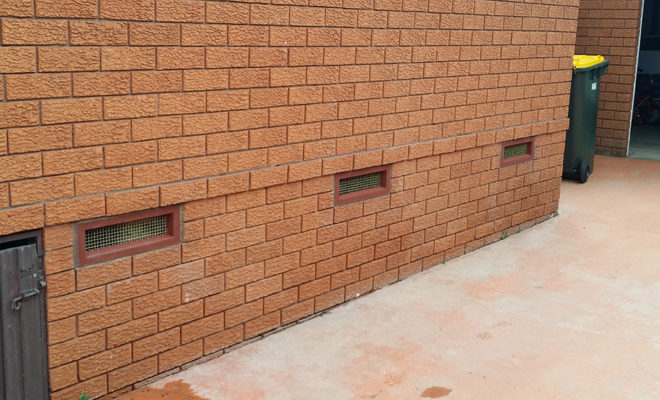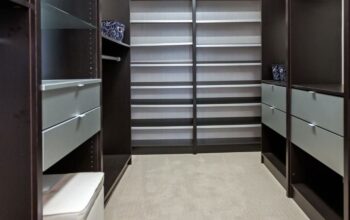When you hear the word ventilation you probably think about windows and a nice cooling breeze. This can feel fantastic at any time of the year, subfloor ventilation gives that same feeling to your home!
What Is Sub Floor Ventilation?
In short, subfloor ventilation is allowing air to flow around the space under your home. This is usually achieved by a number of vents, at least one will be positioned on every wall, below the ground floor level.
The vents need to have small holes and a mesh covering, this allows the air to get in without giving insects and other pests easy access to your home.
Alongside these vents, you’ll have a pump which moves the air under your house out from the space; in the process, fresh air is drawn in. You can have the pump running continually, or you can opt to utilize a timer and have it come on and off as needed.
In fact, it is important to speak to a subfloor ventilation specialist to ensure you get the best possible system for your home.
Why Do You Need It
Ventilating the area under your home is a great way to remove the moisture that causes damp. When damp builds up it can attract insects and termites, which can cause havoc to your home, and even bring diseases into your house.
In addition, the dap can travel up through the floor and into your home, creating mold spores that can create health problems; especially if you suffer from asthma or are allergic to mold.
Don’t forget, that damp can also come in through your walls, windows, and even your doors, adequate ventilation everywhere is important.
Australia does suffer from heavy storms. When these occur the soil under your home will become very damp, which can cause the problems listed above.
Getting rid of this damp is important and a subfloor ventilation system is the best way to do this.
Sucking in dry air from outside the house forces the damp air under the house out and into the atmosphere. The dry air can then absorb the moisture in the floor and foundations before it is also pumped out and more fresh air is drawn in.
It doesn’t matter how damp your underfloor is at the moment, using a subfloor ventilation system will dry it out and then allow you to ensure it stays dry.
When To Utilize It
You may think that you only need to turn this system on after a storm, but moisture is always present in the air. In fact, the hotter the day the dryer the air will be, which means the more it will cool overnight and the higher the moisture content in the air, and your soil, overnight.
For this reason, it is best to avoid running the ventilation system overnight. Having it on during the middle of the day, when the air is driest, will give you the best possible results.
Related Posts

Loves home. I am here to provide how to make your home a much better place. 🙂 Blogging about HomeDecor, Home Improvements and more.











